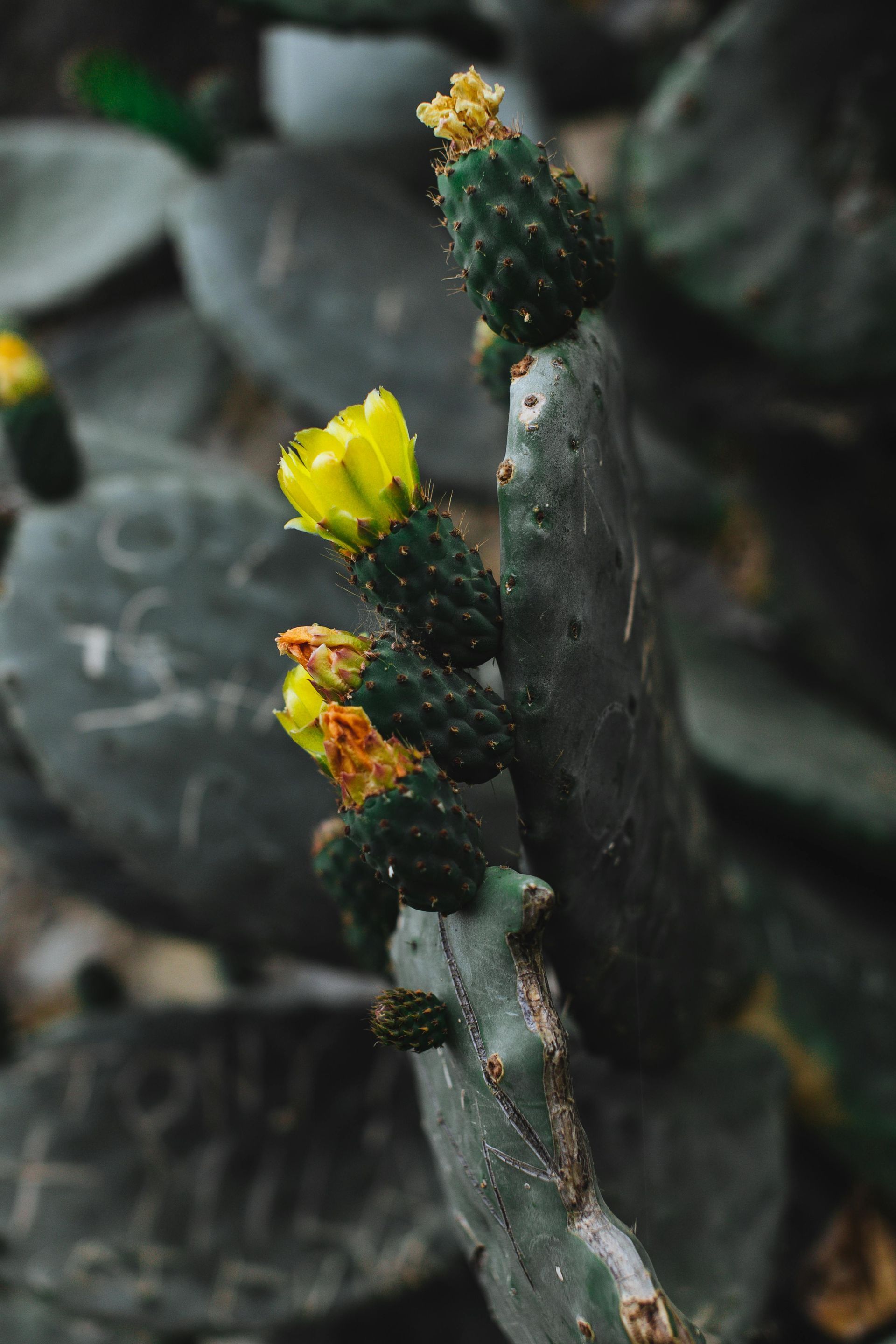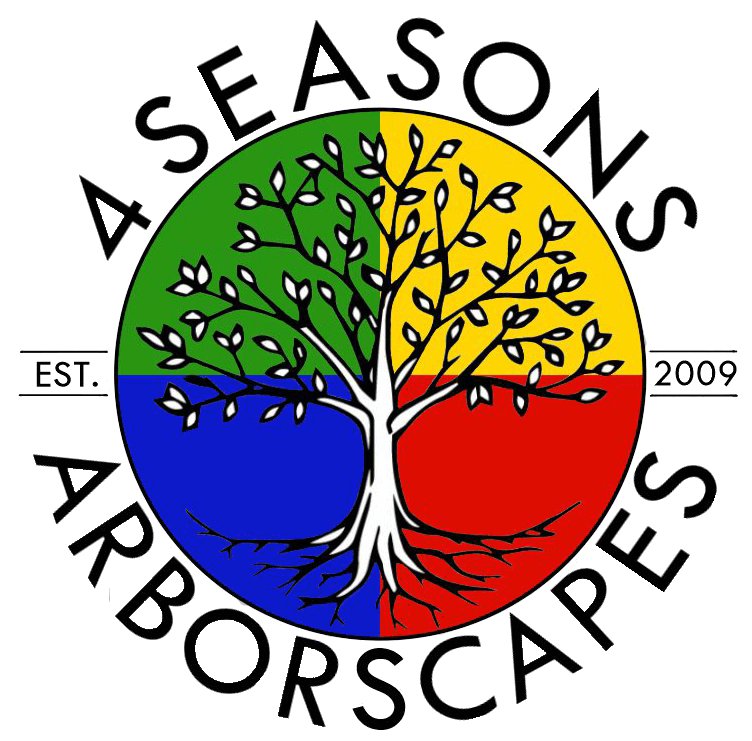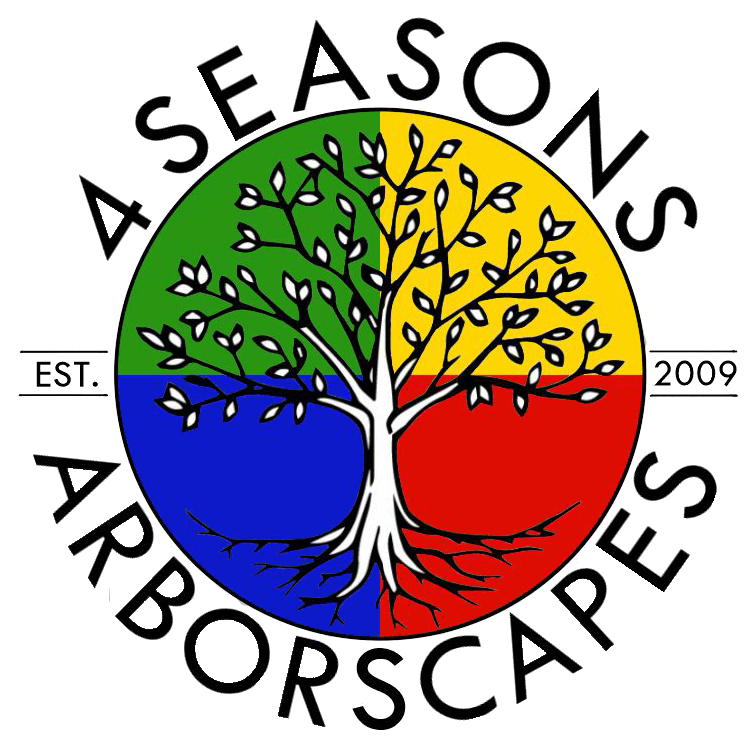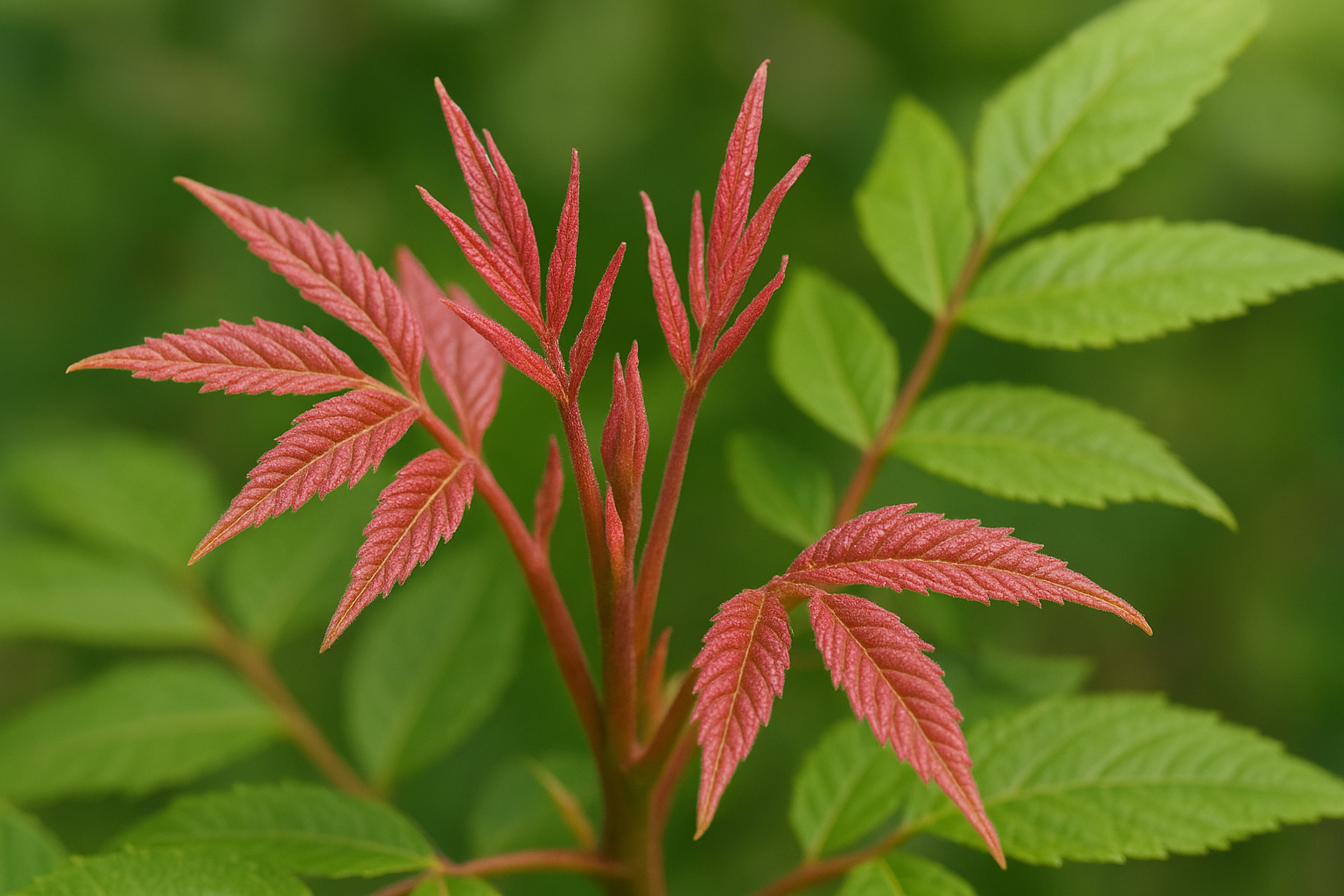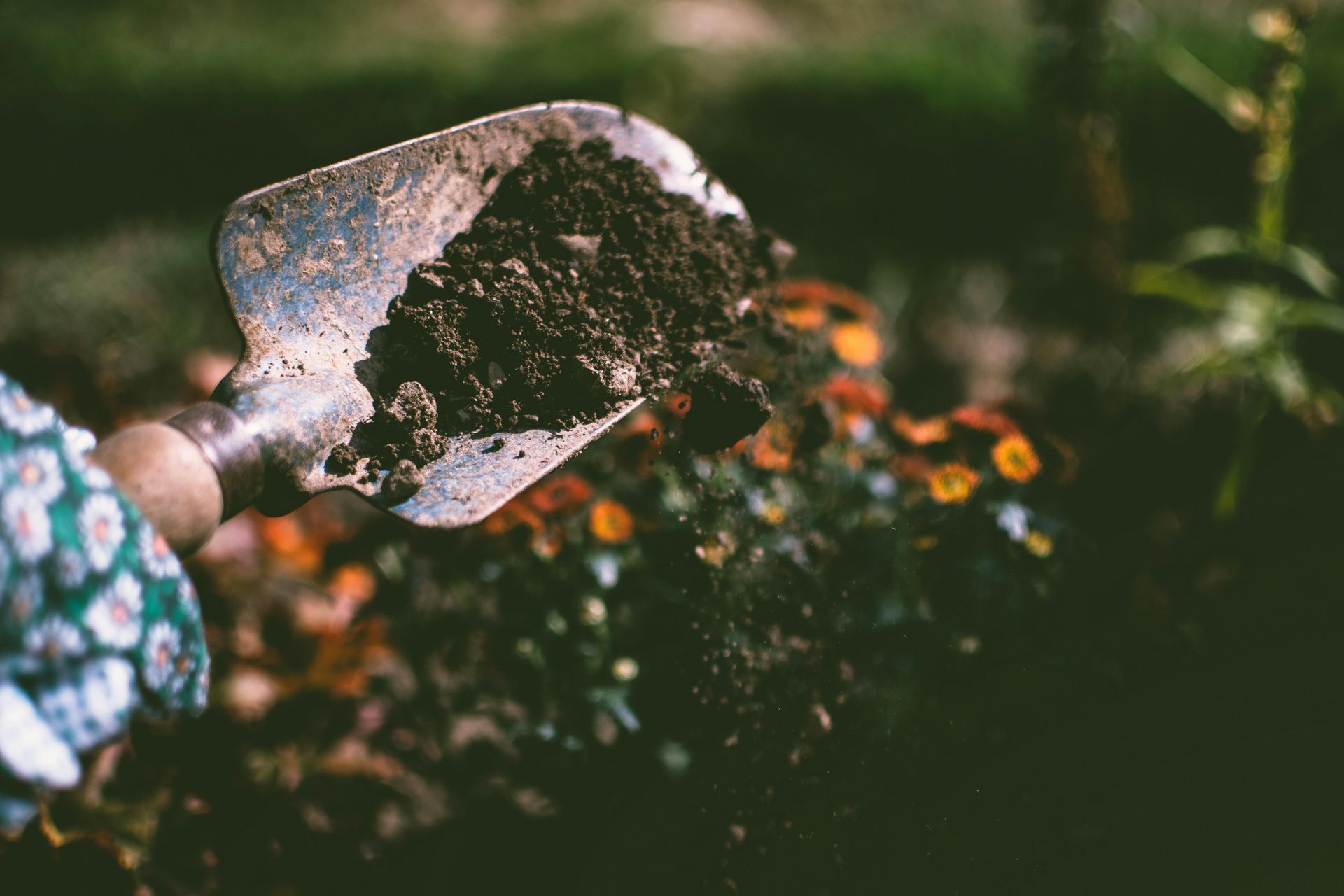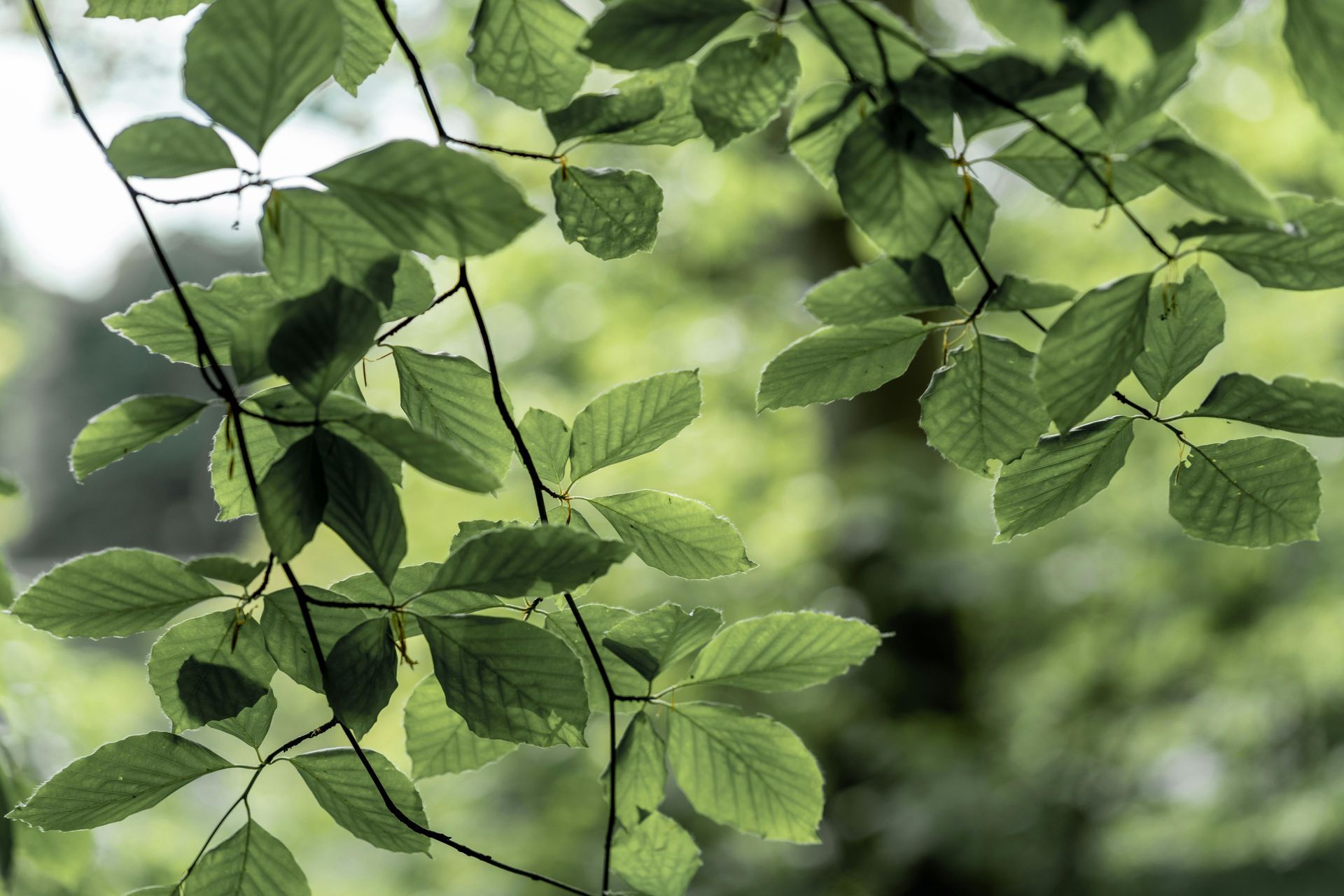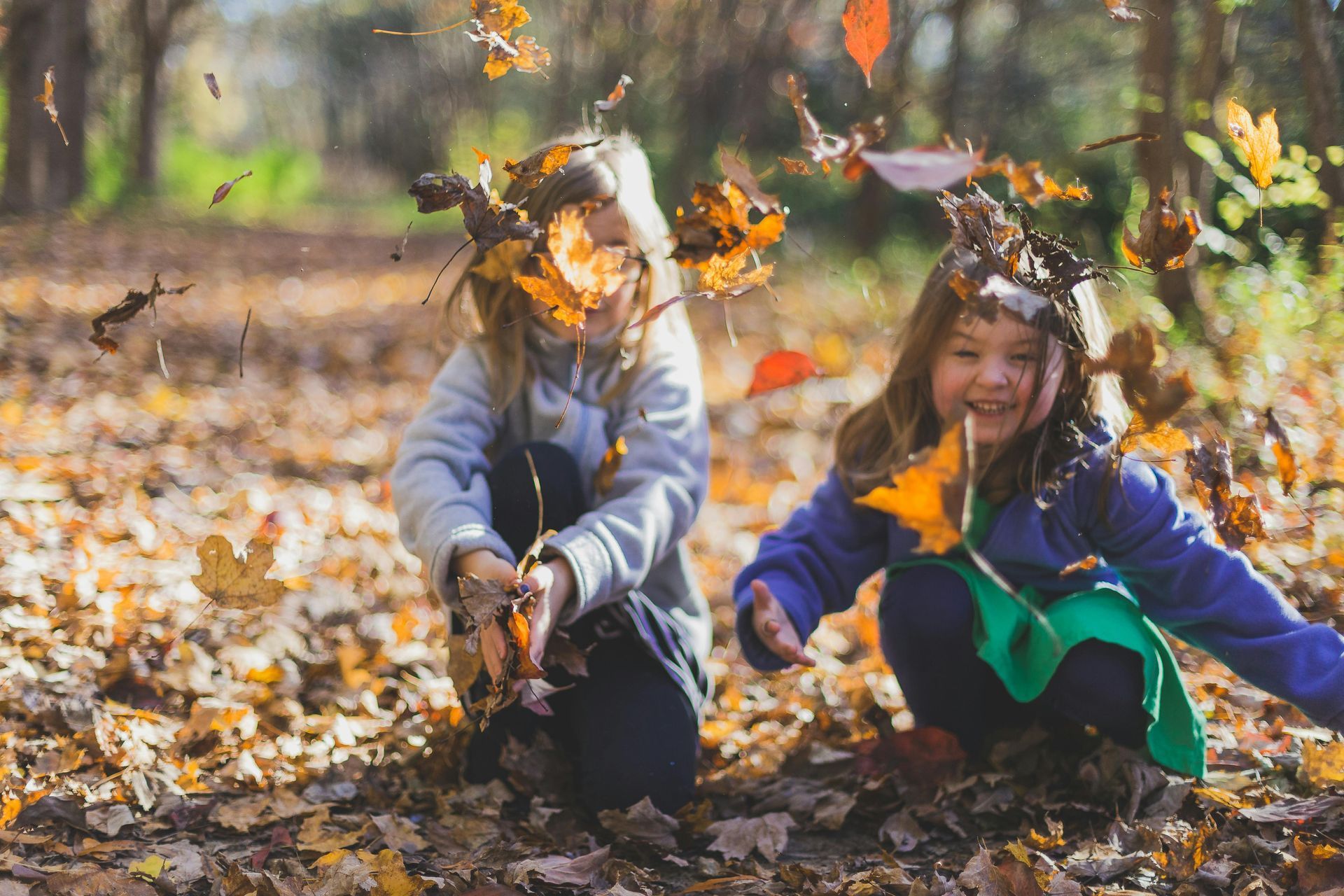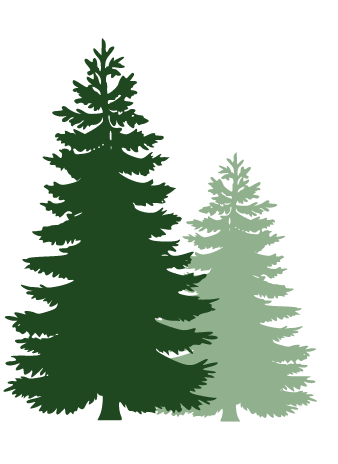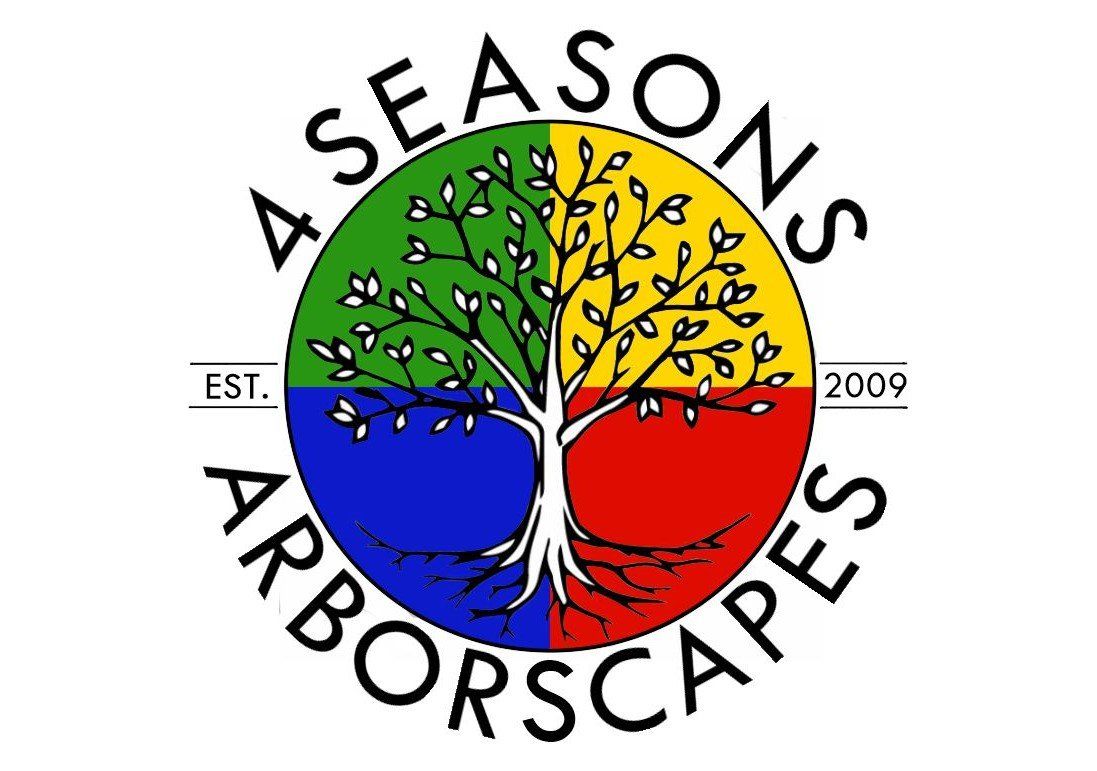The Southern Live Oak
With its long, twisted branches full of greenish-white strands of moss, its wide, massive trunk, and longstanding ecological and economic value, the southern live oak (Quercus virginiana) should be revered as one of the most characteristic trees native to the southeastern United States.
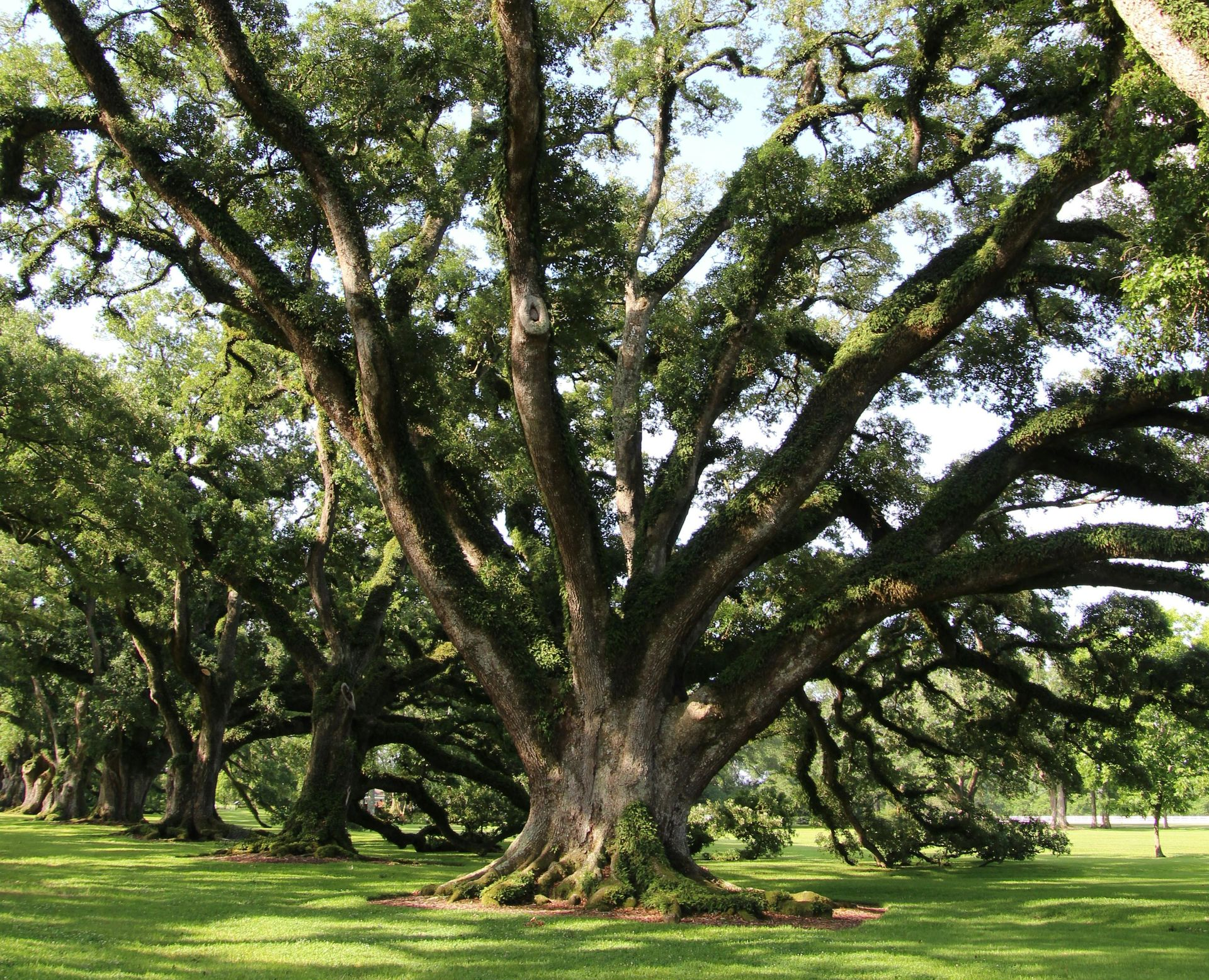
Distribution and History
Southern live oaks are native to the southeastern coastal plains of the United States, extending from southeastern Virginia down through Florida and west into Texas. They are commonly found in sandy soils near the coast but also thrive inland where drainage is good.
Historically, the wood of the live oak was highly valued for its strength and resistance to decay. It is one of the heaviest native hardwoods in North America. The U.S. Navy used live oak timber extensively for shipbuilding. Notably, the USS Constitution (“Old Ironsides”) was built in part with live oak, and it was the live oak hull that sustained repeated cannon fire in the War of 1812. Because of the wood's strategic importance, live oak groves were once federally protected for ship timber reserves.
Growth and Site Preferences
- Height and Spread: Typically 40–80 feet tall with a canopy spread of 60–100 feet.
- Growth Rate: Moderate, averaging 1–2 feet per year under favorable conditions.
- Soils: Prefers sandy, well-drained soils but tolerates clay and loam. Not well-suited for poorly drained sites.
- Tolerance: High tolerance to drought, salt spray, and wind, making it well-adapted to coastal environments.
- Longevity: Can live for several centuries, with some specimens potentially exceeding 1,000 years of age.
Evergreen Characteristics
Unlike the oaks found here in Pennsylvania, the southern live oak retains its foliage throughout the year. The tree is technically semi-evergreen; each spring, it sheds old leaves as new ones emerge, but it never enters a fully leafless stage. This persistent green canopy is the reason for its common name, “live oak.”
Relationship with Spanish Moss
Spanish moss (Tillandsia usneoides), a type of bromeliad, frequently grows on live oaks. Spanish moss is not parasitic; it does not draw nutrients from the tree but instead gathers water and minerals from the air and rain. The rough bark and wide, spreading limbs of live oaks provide ideal anchorage for this epiphyte.
While Spanish moss itself is harmless in moderate amounts, heavy coverage may reduce sunlight penetration to interior branches and increase the risk of limb breakage due to the windsail effect. In most cases, however, it is considered a normal companion plant of the southern live oak.
Common Pests and Diseases
Pests
- Oak Leafroller (Archips semiferanus): Caterpillars that roll and skeletonize leaves. Heavy infestations can defoliate branches.
- Oak Worms (Anisota spp.): Defoliators that feed in late summer and fall. Usually cyclical and rarely fatal.
- Scale Insects: Various species feed on sap, weakening branches and sometimes causing dieback if infestations are severe.
- Borer Insects: Opportunistic borers may attack stressed or injured trees. Prevented by maintaining overall tree vigor.
Diseases
- Oak Wilt (Bretziella fagacearum): A vascular wilt disease affecting many oak species. Live oaks are especially vulnerable and can die rapidly once infected. Spread through root grafts and beetles.
- Anthracnose: A fungal disease that causes leaf spots and twig dieback, often more severe in wet springs.
- Hypoxylon Canker: A fungal disease that affects stressed trees, leading to bark sloughing and branch dieback.
- Leaf Spot Diseases (Cercospora spp., etc.): Generally cosmetic, causing spots on leaves without long-term damage.
Integrated pest management (IPM) and proper cultural care are essential to minimizing risks.
Arborscaping and Tree Care
Planting Considerations
- Plant in full sun with adequate space for root and canopy growth.
- Avoid planting near structures or pavement, as roots can extend well beyond the canopy and cause significant damage.
Pruning Guidelines
- On young trees, structural pruning should be done during the first 10–15 years to encourage strong branch structure and balanced canopy development.
- As the tree matures, prune as needed to remove deadwood, crossing branches, or limbs that pose clearance issues. Over-pruning should be avoided, as live oaks store significant energy reserves in their leaves.
- The best time to prune is during the dormant season (winter) to minimize disease transmission, especially oak wilt, which is more likely to spread during spring and early summer.
- We recommend inspecting mature trees at least every 2–3 years; pruning should be performed only as necessary.
General Maintenance
- Mulching: Apply a 2–4 inch mulch layer around the base (but not touching the trunk) to conserve moisture and reduce soil compaction.
- Watering: Established trees rarely need supplemental watering, but young transplants benefit from consistent irrigation during establishment (first 1–2 years).
- Fertilization: Usually not necessary unless soil tests indicate deficiencies. Excess nitrogen can increase pest problems.
Notable Specimens
Several individual live oaks have been recognized for their size and age:
- Angel Oak (Johns Island, South Carolina): Estimated 400–500 years old.
- Treaty Oak (Jacksonville, Florida): Approximately 250 years old.
- Seven Sisters Oak (Mandeville, Louisiana): Estimated 1,500 years old; the largest certified live oak.
- Emancipation Oak (Hampton, Virginia): Historical site where the Emancipation Proclamation was first read to freedmen in 1863.
- Big Tree (Goose Island State Park, Texas): More than 1,000 years old and one of the oldest live oaks in Texas.
Conclusion
The southern live oak is a durable, long-lived species native to the southeastern United States. It is distinguished by its evergreen foliage, adaptability to coastal conditions, and historical use in shipbuilding. While generally low-maintenance once established, proper site selection, structural pruning during youth, and regular inspection are important for maintaining tree health. Awareness of common pests and diseases, along with good arboricultural practices, ensures these trees remain healthy and structurally sound for generations.
Check out the latest:
